Firsthand Look Inside Asia's Busiest Wet Markets - Sentient Media
Firsthand Look Inside Asia's Busiest Wet Markets - Sentient Media |
| Firsthand Look Inside Asia's Busiest Wet Markets - Sentient Media Posted: 31 Mar 2020 05:41 AM PDT March 31, 2020 Investigative photojournalist Jo-Anne McArthur and documentary filmmaker Kelly Guerin visited Asia's busiest wet markets to document the breeding grounds of highly infectious diseases like COVID-19. Reading Time: 5 minutes
Investigative photojournalist Jo-Anne McArthur and documentary filmmaker Kelly Guerin visited Asia's busiest wet markets to document the breeding grounds of highly infectious diseases like COVID-19. Investigative photojournalist Jo-Anne McArthur and filmmaker Kelly Guerin traveled to wet markets in Taiwan, China, Laos, Vietnam, and Thailand to document the epicenter of Asia's bustling wildlife trade. Today, their photographs shine new light on the imminent threat these markets pose to public health. For years, Asia's wet markets were considered exotic travel destinations by the West. Butchers kill animals on-site to ensure freshness. Vendors douse their stall in water to keep them clean. Wet markets cram 72 species under one roof, and The New York Times raved about it. But with the outbreak of COVID-19, "wet market" takes on a whole new meaning. Since the novel coronavirus first made headlines in late December, China has taken some proactive steps to stem the spread of disease, such as closing the Wuhan market where experts believe the outbreak originated and banning the consumption of wild animals across the country. Many fear the ban will lift as soon as the pandemic ends. With China claiming victory over coronavirus and restrictions beginning to ease, wet markets could reopen any day now. Outside of the country, wet markets are choosing to remain open during the crisis. "I've visited and documented many such markets over the years and, though no two are the same, I'm always struck by their shared, defining sense of raw chaos," writes Guerin.
Jo-Anne McArthur/We Animals Here, a Taiwanese fish market worker can be seen cutting off a turtle's shell while it is still alive. Turtles are considered a delicacy in many Taiwan, Singapore, and China. The meat, skin, and innards are sold used in a variety of preparations, including turtle soup. These traditions, written off as uncouth by most Westerners, put thousands of people in extremely close quarters with disease-carrying animals they would otherwise never touch. The scene is unimaginable. "There's a constant roar of shouting, haggling customers and the puttering engines of scooters as they snake their way through narrow rows of vendor stalls. Meat cleavers rhythmically pound through impossibly large chunks of flesh, flicking bits and juice with each repeated chop," Guerin continues. "Sometimes adding to this ambiance is the sound of a live animal who has been chosen from a crate and now attempts one last desperate escape before they are butchered and deconstructed in front of a waiting buyer."
Jo-Anne McArthur/We Animals The lack of food safety precautions—specifically, the proximity of raw meat to wild animals—is a stark reminder that virtually every aspect of Asia's wet markets is a vehicle for disease transmission. Much like factory farms, wet markets operate on efficiency with no legal protections for the animals they bind, cage, and slaughter. Many of Taiwan's wet markets, We Animals Media reports, are attached to government-owned slaughterhouses that received newly slaughtered chickens throughout the day. On a busy day, meat stall vendors break down thousands of pounds of meat into smaller, more sellable chunks, often hanging the heads and entrails above their stall windows to show off the freshness of their products.
Jo-Anne McArthur/We Animals But their motive is to maximize profits, not public health. Although scientists have not yet determined exactly how the new coronavirus first infected people, evidence suggests the coronavirus responsible for the COVID-19 pandemic originated in bats, which infected another animal, possibly a pangolin, and then spread to humans at a seafood market in the southeastern city of Wuhan. The virus responsible for the COVID-19 outbreak, SARS-CoV-2, isn't the only coronavirus capable of infecting humans. "There's a vast number of viruses in the animal world that have not spread to humans, and have the potential to do so," Robert Webster, an influenza specialist, told the Associated Press (AP). Coronaviruses have already caused two large-scale pandemics, SARS and Middle East respiratory syndrome, in the past two decades. In both cases, humans contracted the virus at a wildlife market. In response to COVID-19, Chinese officials say that of the 1.5 million wildlife markets and online operators they inspected last month, about 3,700 markets have been shut down, along with 16,000 breeding sites.
Jo-Anne McArthur/We Animals The Chatuchak Market in Bangkok, Thailand, is one of the world's largest wildlife markets—making it one most prone to cross-contamination. Vendors sell caged animals many Westerners would consider pets, such as dogs and cats alongside exotic animals like cockatiels and parrots and food animals like pigs and chickens. According to a recent report from the AP, before the outbreak began, it was legal to sell 54 species like pangolins and civets as long if they came from a farm. But wildlife activists recognize how difficult it is to distinguish between legal and illegal wildlife in wet markets. The report describes a widely shared image of a Wuhan market advertisement listing 72 species, including peacocks and bullfrogs, as "proof that the trade is too lucrative to be stopped by anything less than a total ban on all wildlife." In Taipei, many of the animals sold in wet markets were caught illegally, a local correspondent told We Animals Media. Without proper virus monitoring, wildlife consumption poses a direct threat to public health. Some officials argue that the outright ban of wet markets would be counterproductive, as it would encourage the illegal wildlife trade. On farms, animals could get screened for coronavirus.
Jo-Anne McArthur/We Animals Fish markets, like the one in Wuhan, are the busiest at night. Truckloads full of fish, both dead and alive, arrive in the early morning hours from fishing vessels to wet markets across Asia. Many are killed upon arrival, usually by clubbing with a long metal rod. Others are kept alive in buckets no bigger than a kitchen sink. Inside wet markets, even the most basic health codes are nonexistent. Blood, feces, and pig parts cover the grim stalls.
Jo-Anne McArthur/We Animals This vendor is using a blow torch to remove the hair from pig skins after butchering them. The skins, which harbor parasitic diseases like roundworms and tapeworms, are sold raw for consumers to prepare at home. In the next room, slabs of pig meat are stacked two-feet high under small ceiling fans. "It is the living proof of what has been true all along," Guerin remarks. "Be it pig or pangolin, we are never as removed from animals as we would like to pretend." |
| Posted: 31 Mar 2020 03:33 AM PDT 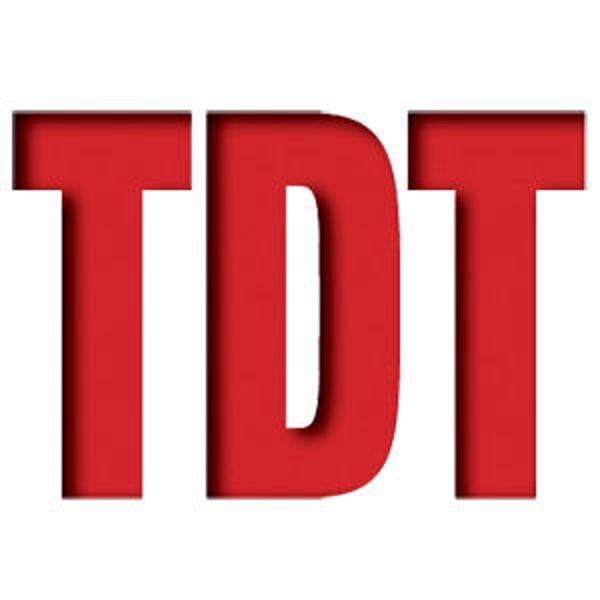 DUBLIN--(BUSINESS WIRE)--Mar 31, 2020-- The global latex medical disposables market was anticipated to grow with a CAGR of nearly 5.1% during the forecast period. This growth can be attributed to the increasing prevalence of lifestyle-associated and other chronic diseases. As per the World Health Organization, chronic disorder is the leading causes of death and disability and leading drivers of the nation's $3.5 trillion in annual health care costs. Growing geriatric population and increasing awareness of the patient pool regarding the infection prevention control norms are some of the major factors that are contributing to the growth of the latex medical disposables space. Limiting the risk of infection and cross-contamination is one of the primary aims of healthcare professionals and governments worldwide. Increasing volume of patient admissions in hospitals coupled with growing incidences of healthcare associated infections is bolstering the market growth. As per the Massachusetts Health & Hospital Association, healthcare associated infection claims around 7 million people every year, thereby fueling the growth of the market. Furthermore, government-enforced mandatory guidelines to improve the quality of patient care are expected to boost the penetration of latex medical disposables in near future. Most of the medical disposable product manufacturers are using high-quality latex disposables, which are driven by sustainable material, process and design innovation, resulting in effective product engineering and design. However, FDA norms to improve design and safety of reusable medical products may hamper business growth in the future. Key Market Trends Latex Medical Gloves for Varied Applications is Expected to Capture Significant Revenue Share Over the Forecast Period Increased application of disposable latex medical gloves owing to their advantages is the key factor driving the segment growth. Disposable latex gloves have proved to be very useful in medical sector on account of their low cost, hygiene, and safety. Physicians examining patients suffering from contagious diseases need to maintain hygiene for personal safety. Disposable gloves act as a shield which protects them from contagious infection. Moreover, some chemotherapy drugs are dangerous to handle with bare hands. Trends have shown that medical professionals have been implementing double latex gloving to reduce the risk of failure on account of wear and tear. In addition, technological advancement has resulted in supporting utilities made up of a high-quality polymer.Such factors are expected to boost the segment demand over the forecast period. North America Dominates the Market and is Expected to Continue During the Forecast Period North America is the largest market for latex medical disposable owing to the presence of a well-established healthcare infrastructure, higher adoption rate of advanced technology, and growing awareness regarding effects of cross-contamination and infection control measures in healthcare facilities. As per the Centers for Disease Control and Prevention, in United States 3.7 million emergency department visits with infectious and parasitic diseases for the primary diagnosis. Hence the increasing volume of patient admissions in hospitals are expected to boost the penetration of latex medical disposables in the region. Asia Pacific is anticipated to increase at the stable rate mainly on account of high cost coupled with minimal awareness by the regional government. India and China are projected to offer significant opportunities an account of healthcare infrastructure improvement and growing number of private hospitals. In Africa, industry is expected to grow at a lower rate owing to lack of healthcare sector development initiatives and expensive medical services. Competitive Landscape Different players are operating in the varied segments of the latex medical disposables sector. However, the overall vertical is consolidated with a few international players competing with each other. Also, these international players are dominating the global market since brand identity and quality of products offered by these players is more reliable than those provided by the domestic players. Some of the companies which are currently present in the market are ANSELL, B. Braun Melsungen, Becton, Dickinson & Company, Fisher Scientific and Top Glove Corporation Bhd. For instance, In May 2018, Symphony Environmental Technologies PLC launched the first latex antimicrobial examination glove made with d2p technology to gain a competitive edge. Key Topics Covered 1 INTRODUCTION 1.1 Study Assumptions 1.2 Scope of the Study 2 RESEARCH METHODOLOGY 3 EXECUTIVE SUMMARY 4 MARKET DYNAMICS 4.1 Market Overview 4.2 Market Drivers 4.2.1 Growing Number of Baby Boomers 4.2.2 Increasing Prevalence of Chronic Diseases Leading to Longer Hospital Admissions 4.3 Market Restraints 4.3.1 FDA Norms to Improve Design and Safety of Reusable Medical Products 4.4 Porter's Five Force Analysis 4.4.1 Threat of New Entrants 4.4.2 Bargaining Power of Buyers/Consumers 4.4.3 Bargaining Power of Suppliers 4.4.4 Threat of Substitute Products 4.4.5 Intensity of Competitive Rivalry 5 MARKET SEGMENTATION 5.1 By Product 5.1.1 Latex Gloves 5.1.2 Latex Foley Catheters 5.1.3 Latex Probe Covers 5.1.4 Urine Bags 5.1.5 Others 5.2 By End-user 5.2.1 Hospitals 5.2.2 Diagnostic Centers 5.2.3 Ambulatory Surgical Centers 5.2.4 Others 5.3 Geography 5.3.1 North America 5.3.2 Europe 5.3.3 Asia-Pacific 5.3.4 Middle-East & Africa 5.3.5 South America 6 COMPETITIVE LANDSCAPE 6.1 Company Profiles 6.1.1 ANSELL Ltd. 6.1.2 B. Braun Melsungen AG 6.1.3 Becton, Dickinson & Company 6.1.4 Fisher Scientific 6.1.5 Hartalega Holdings Berhad 6.1.6 Reflexx S.p.A. 6.1.7 Secured Medical Direction UK Co. Ltd. 6.1.8 Supermax Corporation Berhad 6.1.9 Top Glove Corporation Bhd 7 MARKET OPPORTUNITIES AND FUTURE TRENDS Laura Wood, Senior Press Manager For E.S.T Office Hours Call 1-917-300-0470 For U.S./CAN Toll Free Call 1-800-526-8630 For GMT Office Hours Call +353-1-416-8900 INDUSTRY KEYWORD: MEDICAL SUPPLIES HEALTH SOURCE: Research and Markets Copyright Business Wire 2020. PUB: 03/31/2020 06:33 AM/DISC: 03/31/2020 06:33 AM |
| You are subscribed to email updates from "Parasitic Diseases" - Google News. To stop receiving these emails, you may unsubscribe now. | Email delivery powered by Google |
| Google, 1600 Amphitheatre Parkway, Mountain View, CA 94043, United States | |

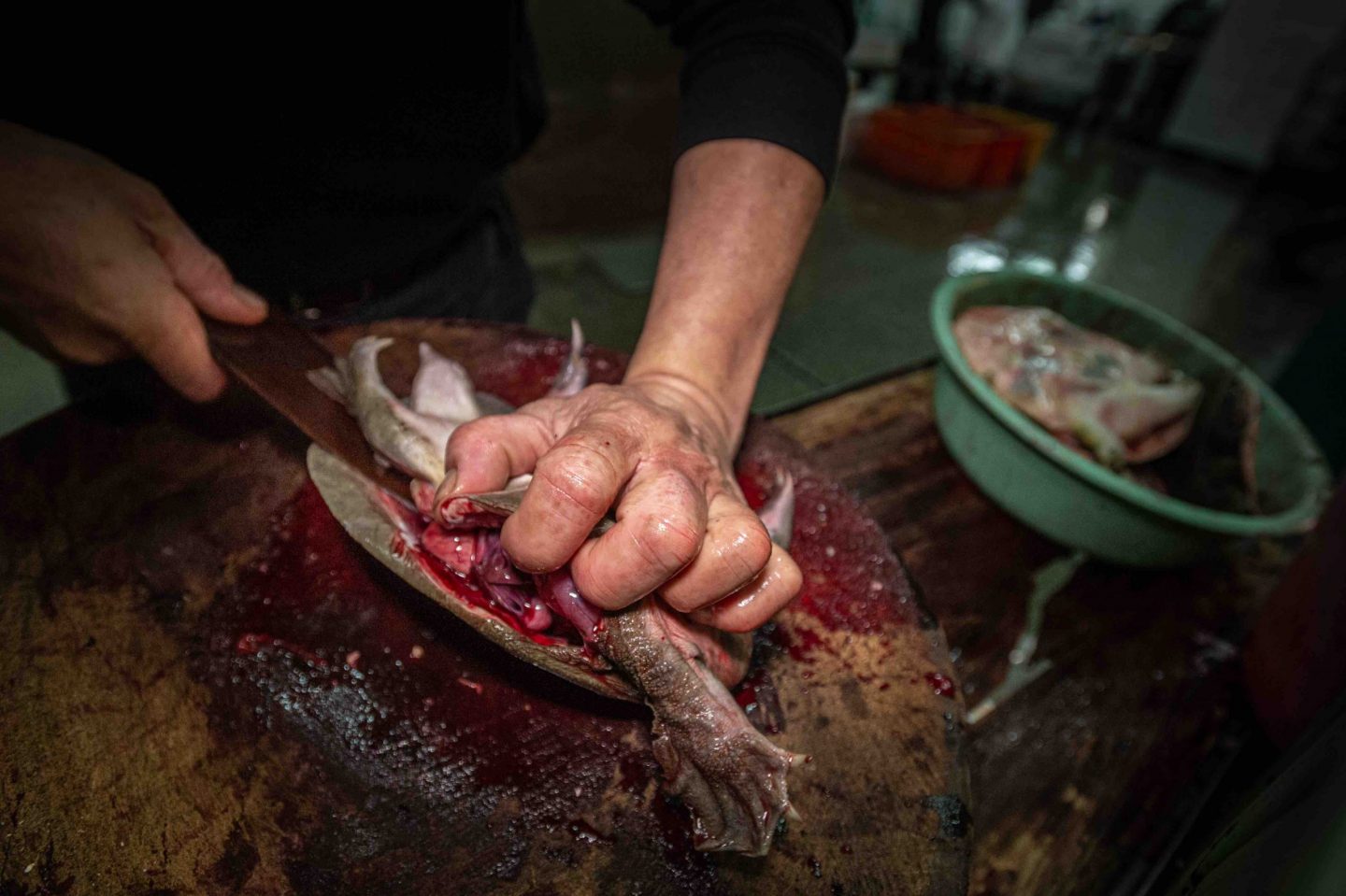
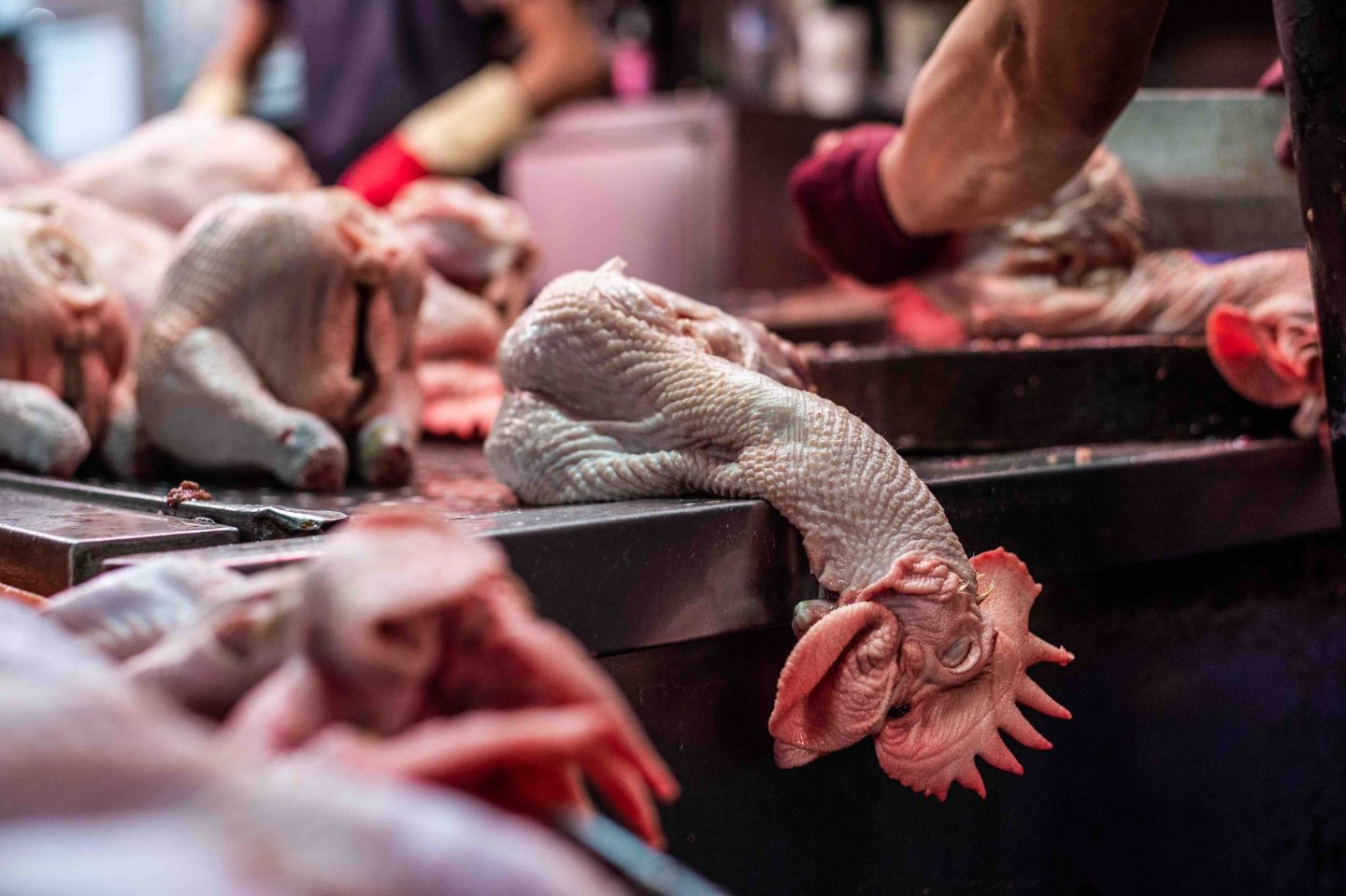

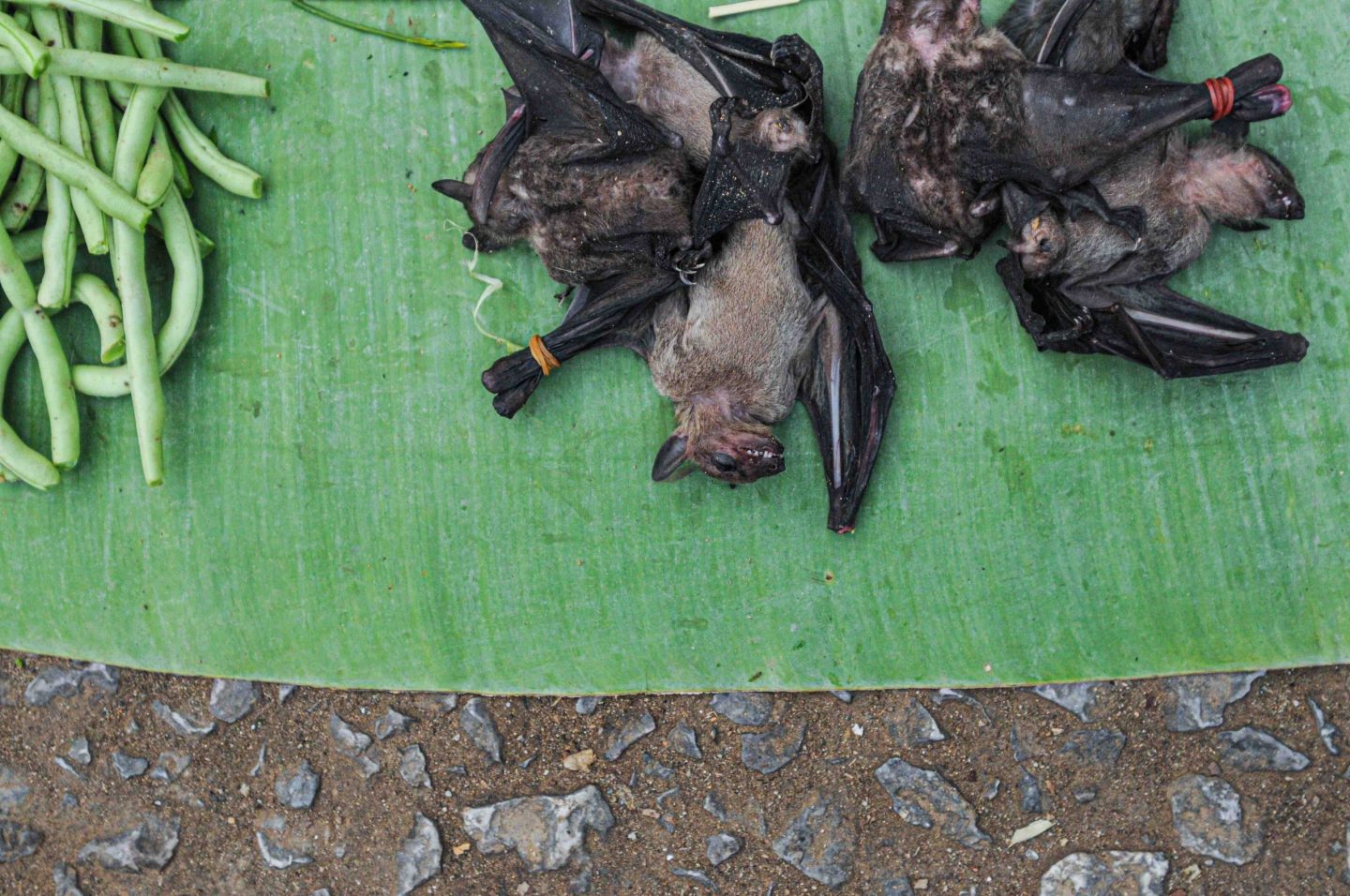
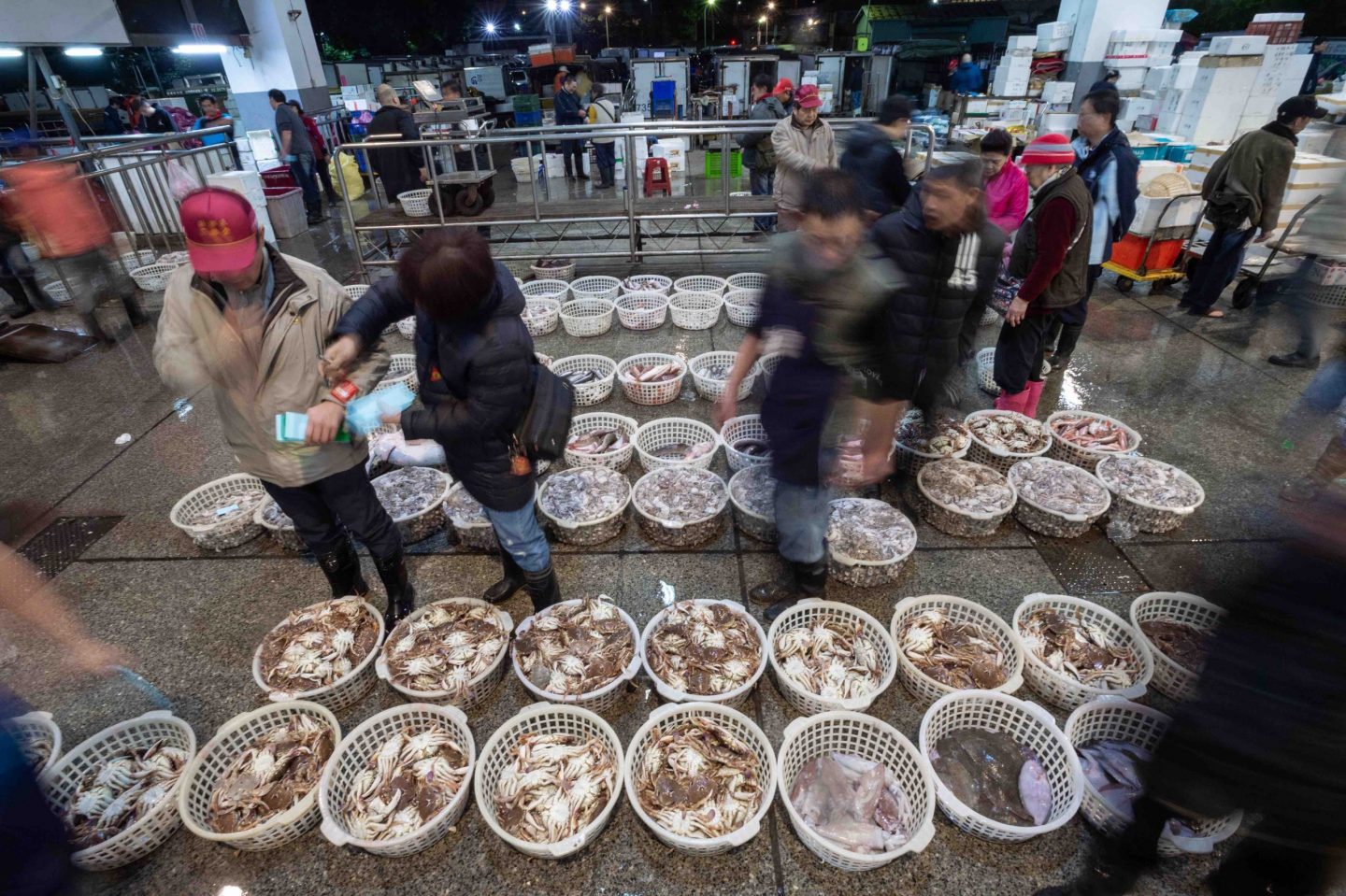
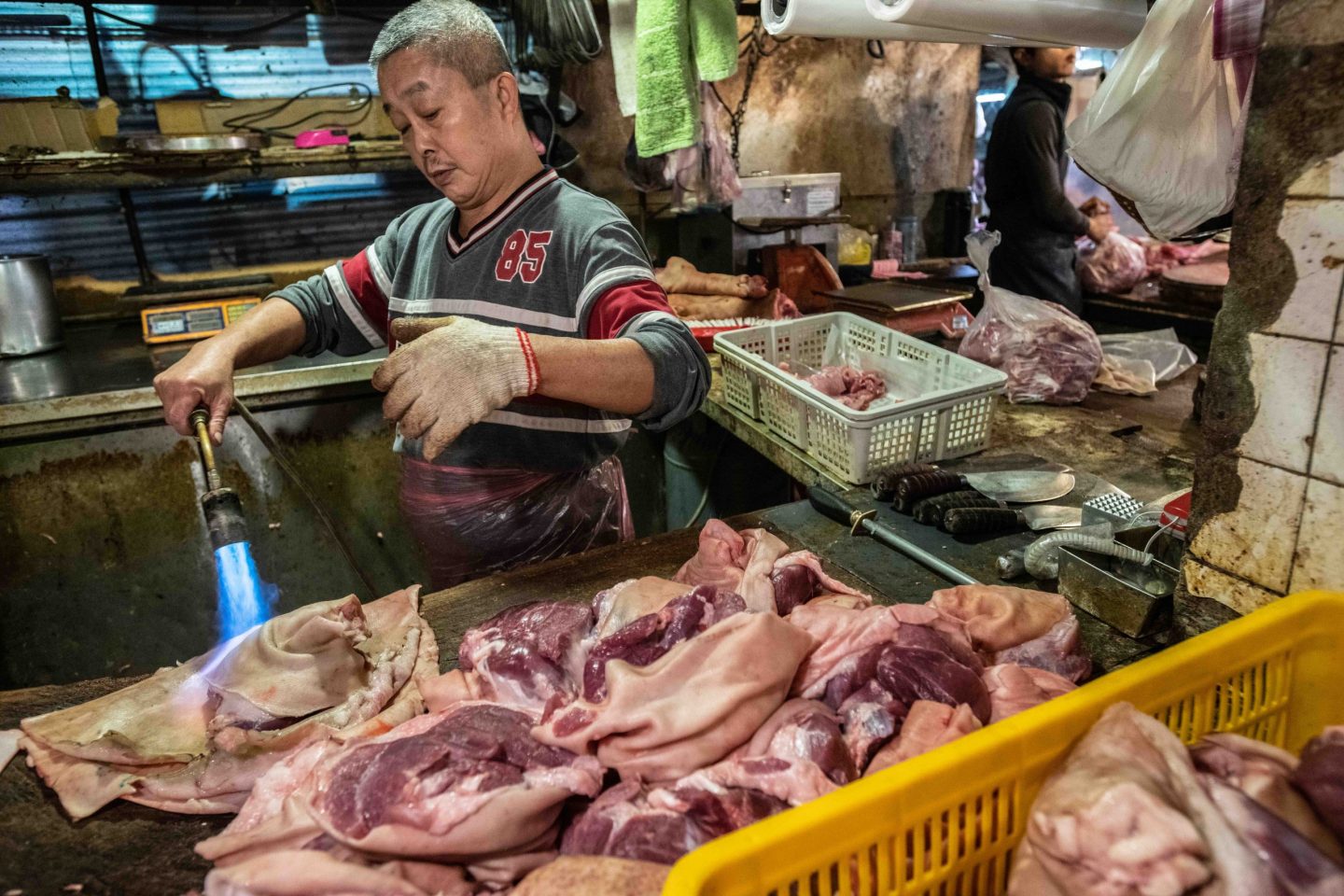
Comments
Post a Comment